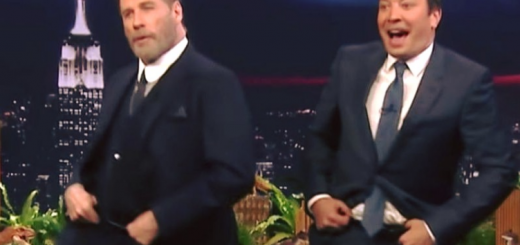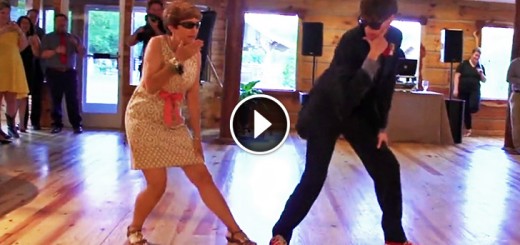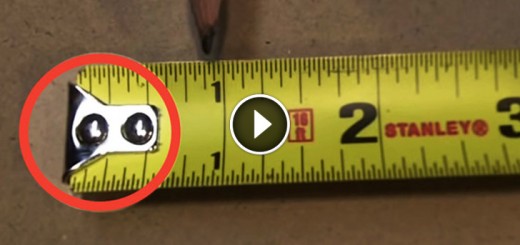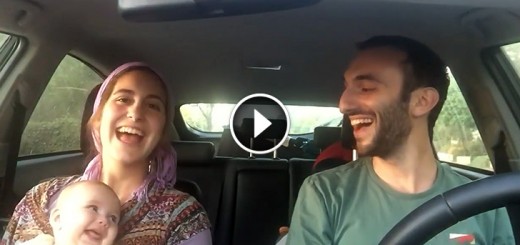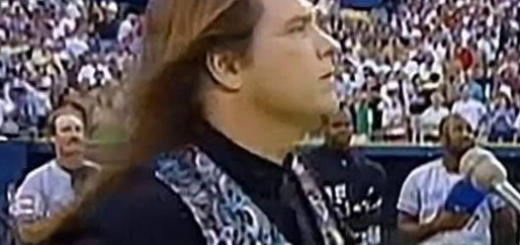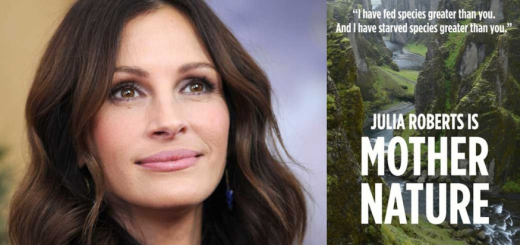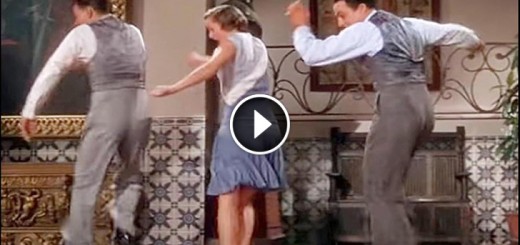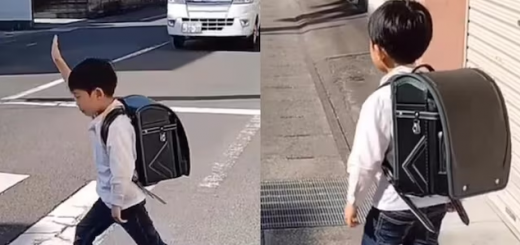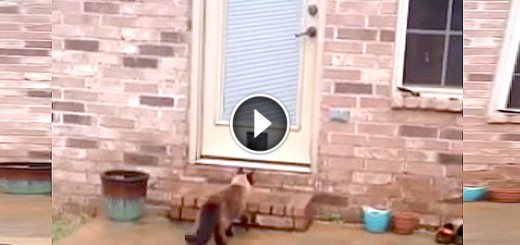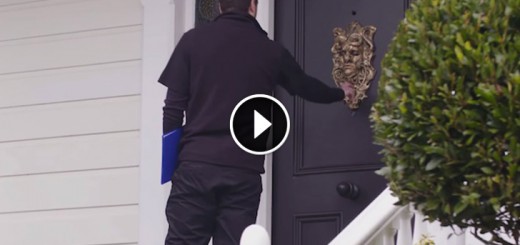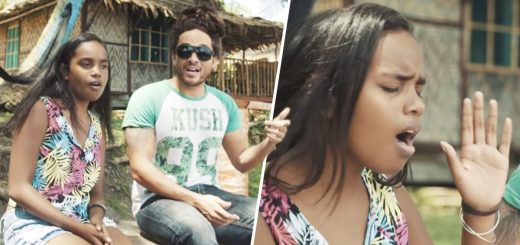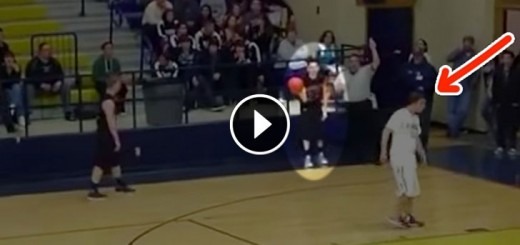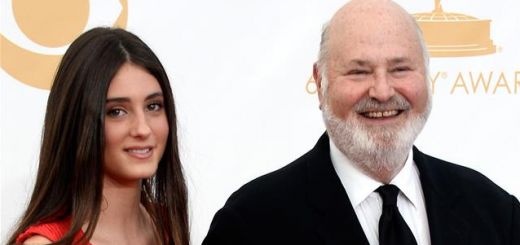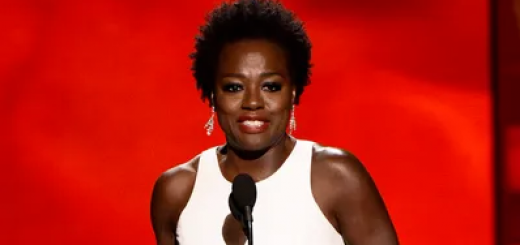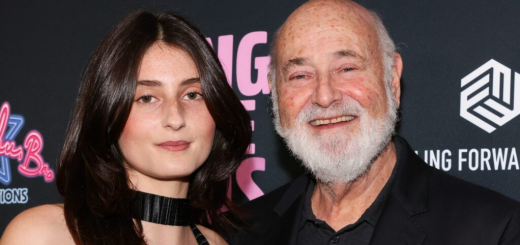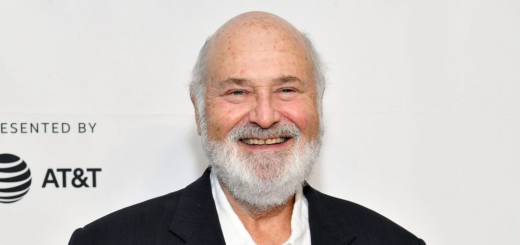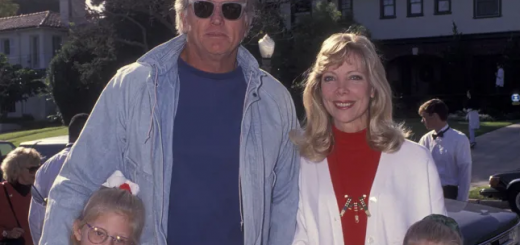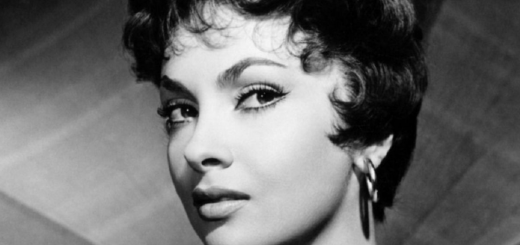How Friendships Have Changed: BFFs in the ’70s vs. Today
There’s something magical about looking back at the 1970s — a time when friendships felt raw, simple, and real.
Before the world became digital, closeness wasn’t measured in likes or messages but in shared laughter, eye contact, and long talks under fading sunsets.
Back then, friendship was presence — not a notification. People showed up.
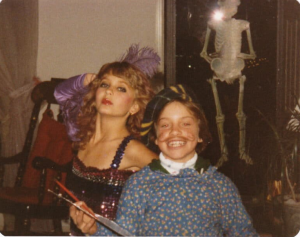
You knew your best friend’s handwriting, the sound of their knock on your door, and the joy of a spontaneous bike ride that lasted until dark.
Today, we’re more connected than ever… and yet, somehow, more distant.
Let’s take a nostalgic journey through time — from the heart-to-heart friendships of the ’70s to the screen-to-screen connections of today.
1. Communication Then vs. Now
In the ’70s, a conversation meant commitment. You picked up the rotary phone and hoped they were home.
A letter took days, sometimes weeks, but the anticipation made every word matter.

Today, messages are instant but fleeting. We type faster than we think, and tone gets lost in translation.
We communicate constantly, but true connection — the kind that lingers — is harder to find.
2. Dating and Love
Romance in the 1970s meant courage. You met someone at a café, a concert, or through mutual friends. No filters, no swiping — just chemistry and conversation.
Now, technology has made meeting people easier but trusting them harder.

Relationships often start with profiles instead of presence. Back then, love began with a look; today, it begins with a tap.
3. Commitment and Values
In the ’70s, marriage symbolized stability and partnership. Couples fought to stay together, often guided by patience and practicality. Divorce was rare — not because every marriage was perfect, but because people valued endurance.
Today, love has evolved. Many value emotional growth over lifelong vows. We’ve learned that staying true to ourselves is just as important as staying together.
4. Gender Roles and Equality
The 1970s were an awakening. Women were entering the workforce, fighting for equality, and challenging stereotypes. But even then, they faced the question: “Who’s taking care of the kids?”
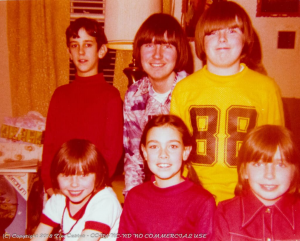
Today, equality looks different — not perfect, but better. Relationships are partnerships. Roles are shared, dreams are balanced, and love no longer follows a single script.
5. Friendship and Connection
This is where nostalgia hits hardest. Friendships in the ’70s were tangible. You met face-to-face, talked for hours, and made plans you actually kept. There were no group chats — just groups of people, laughing in real life.
Now, we have hundreds of “friends” online but fewer we can truly call in the middle of the night. Social media connects us, but it can’t replace shared silence, spontaneous road trips, or handwritten notes that start with “Hey, remember when…”
6. Social Media and Performance
It’s strange to think that social media’s roots trace back to 1978’s dial-up Bulletin Board Systems — but it’s true. Those early message boards were a glimpse of what would come.
Today, we share our milestones for the world to see — love, friendship, heartbreak, and success.
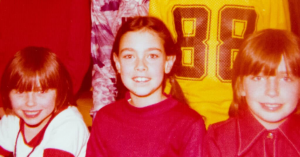
It’s a beautiful kind of transparency, but it can also turn connection into performance. What used to be private is now public, and authenticity competes with image.
7. Mental Health and Emotional Awareness
Here’s one place where progress shines. In the ’70s, mental health wasn’t discussed openly. Feelings were often hidden behind smiles or silence.
Today, vulnerability is courage. Therapy is normal, self-care is valued, and relationships thrive on honesty. We’re learning that real strength means saying, “I’m not okay — and that’s okay.”
💭 Final Reflection
The friendships and relationships of the 1970s had something timeless — an authenticity that came from slowness, patience, and presence. But today’s world brings new possibilities — freedom, awareness, and connection beyond borders.
Maybe the lesson is simple: technology changes, but the heart doesn’t. Whether it’s 1975 or 2025, we all crave the same thing — to be seen, understood, and loved for who we truly are.

